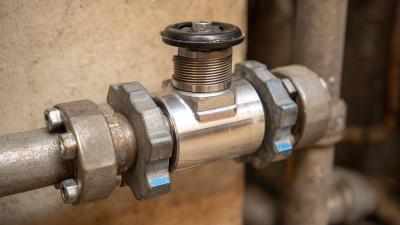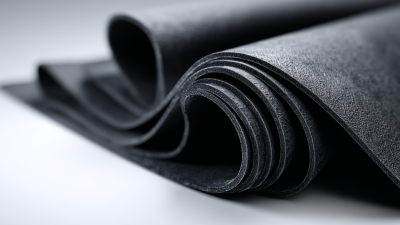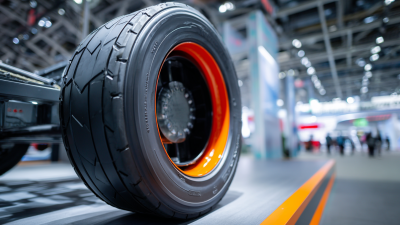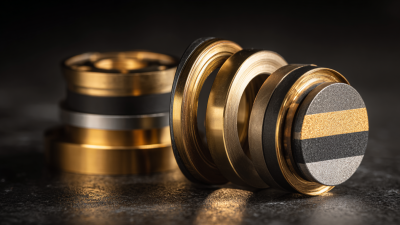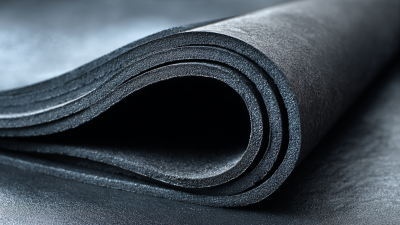In modern engineering, the importance of reliable fluid control systems cannot be overstated, particularly in industries such as water management, oil and gas, and chemical processing. Resilient Seated Check Valves have emerged as a critical component in these systems, offering superior performance and durability compared to traditional check valves. According to a recent industry report by Global Market Insights, the global check valve market is projected to grow from $3.4 billion in 2022 to $5.2 billion by 2030, highlighting the increasing reliance on advanced valve technologies. The resilience of these check valves, characterized by their rubber seating materials, not only enhances their sealing capabilities but also reduces noise and vibration during operation. This combination of features positions Resilient Seated Check Valves as an essential solution for minimizing maintenance costs and maximizing system efficiency in today’s demanding engineering applications.
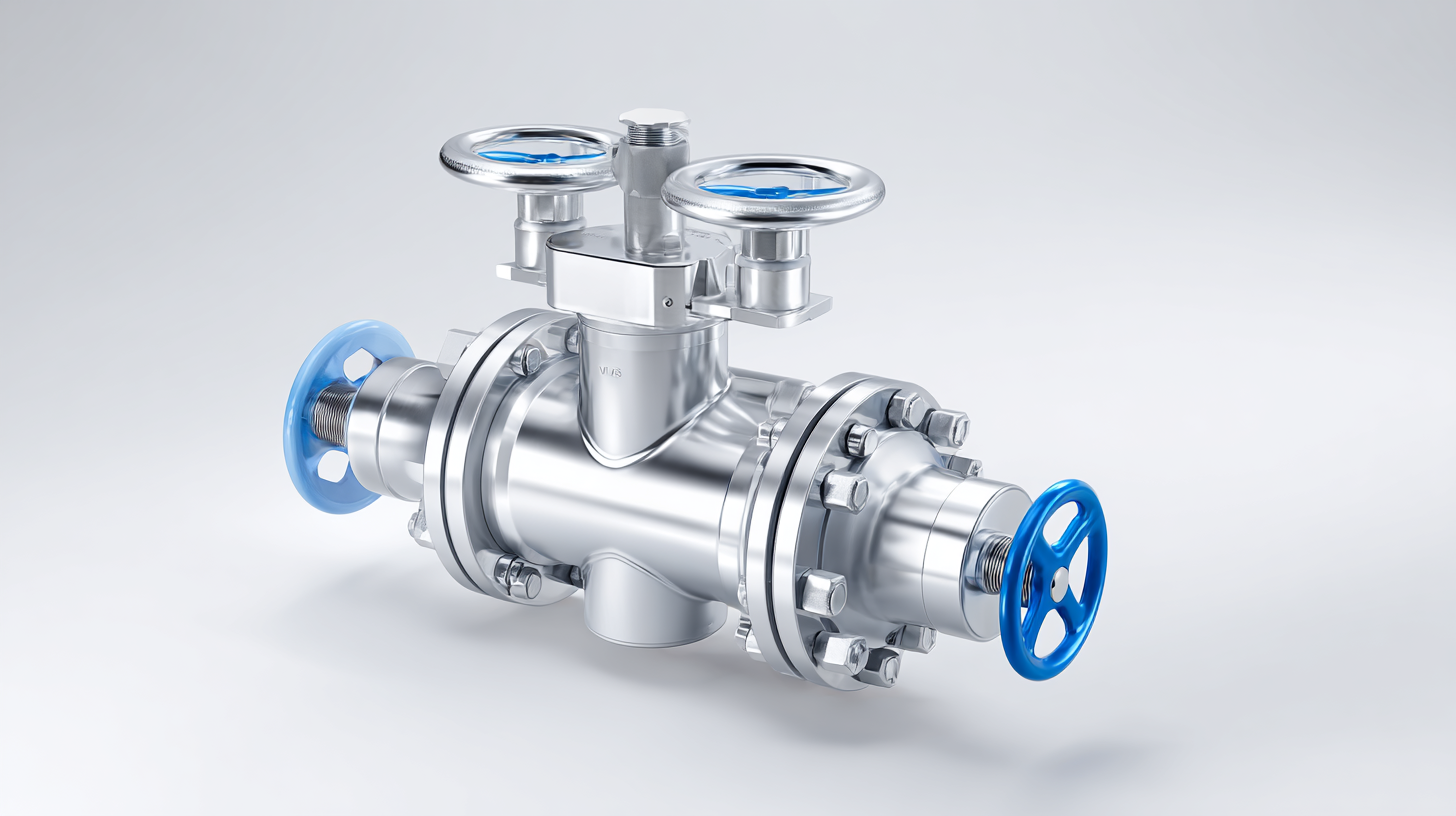
When selecting the right resilient seated check valve for your system, several factors must be considered to ensure optimal performance and reliability. Resilient seated check valves are an essential component in various engineering applications, notably in water and wastewater management, chemical processing, and HVAC systems. According to industry reports, these valves provide superior sealing capabilities, preventing backflow while ensuring minimal pressure loss. Their ability to maintain operational efficiency in fluctuating pressure conditions has been highlighted in a recent study, which indicates that systems utilizing resilient seated check valves can achieve a 15% increase in flow efficiency compared to traditional check valve designs.
The selection process should also involve understanding the specific material compatibility and environmental conditions where the valve will be installed. For instance, in environments with corrosive substances, opting for valves made from advanced composite materials can extend service life by over 30%, as noted in technical analyses. Additionally, considering the installation orientation and the desired response time for the valve to close is crucial for preventing water hammer effects.
By focusing on these critical aspects, engineers can ensure that they select a resilient seated check valve that aligns with the operational needs of their system while optimizing longevity and performance.
Resilient seated check valves play a crucial role in optimizing fluid dynamics within various engineering applications. To maximize their efficiency, it is essential to understand how these valves operate under different pressure conditions and fluid velocities. By utilizing a flexible seating system, these valves automatically adjust to the flow dynamics, reducing the likelihood of backflow while maintaining pressure integrity. This adaptability not only enhances system reliability but also contributes to energy conservation by minimizing unnecessary energy loss during fluid transport.
In practical applications, integrating resilient seated check valves into existing systems can significantly improve overall performance. Engineers can focus on selecting the appropriate materials and designs to ensure compatible functionality with different fluids, including water and various chemicals. Regular maintenance and monitoring further enhance their effectiveness, optimizing fluid flow and ensuring longevity. By leveraging these innovative designs, modern engineering can achieve greater efficiency, sustainability, and safety in fluid management processes.
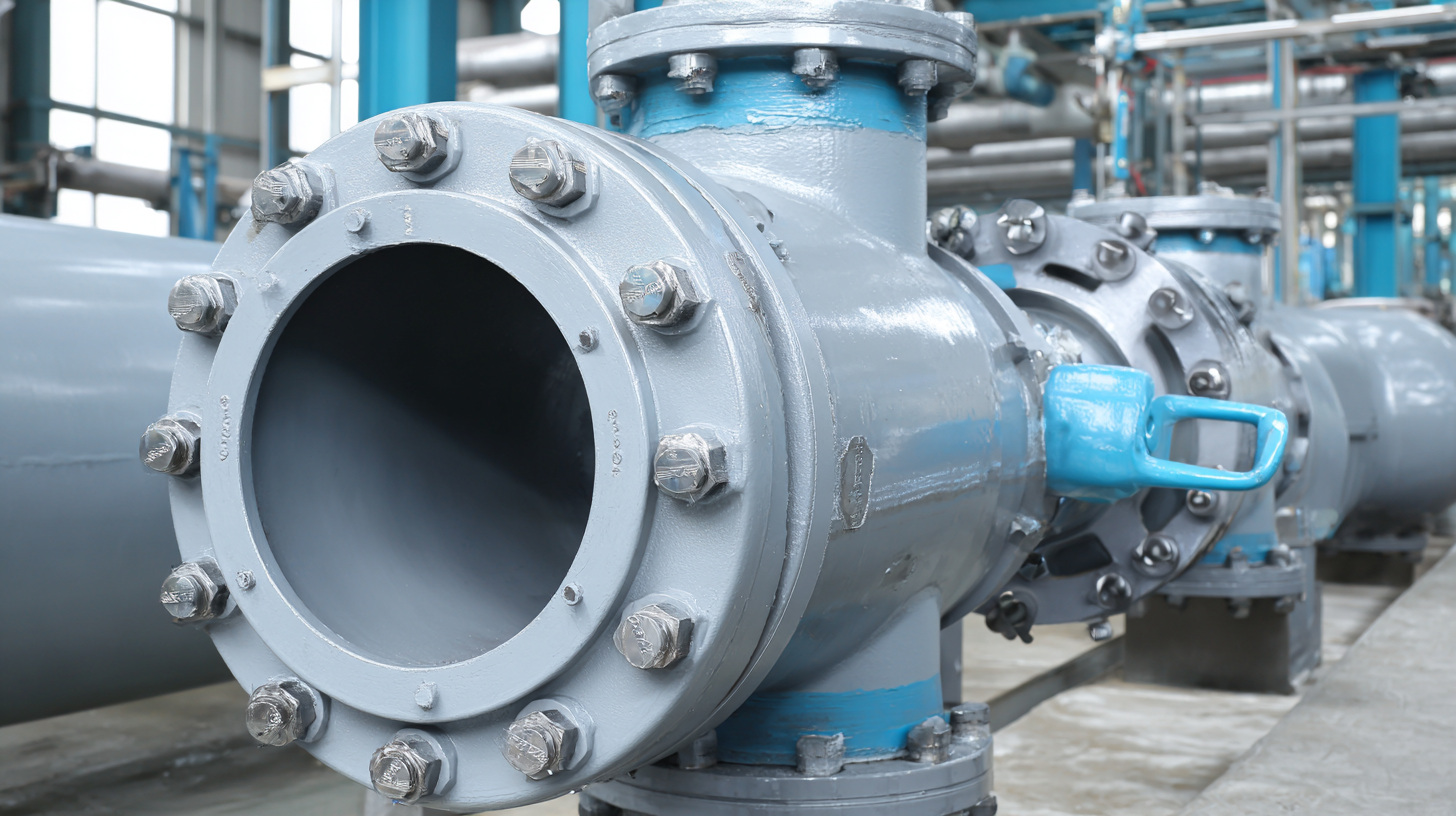 Resilient seated check valves are key components in various engineering applications, offering significant advantages such as reduced noise, higher performance in backflow prevention, and improved sealing capabilities. To ensure their longevity and optimal functionality, regular maintenance and troubleshooting are essential. According to industry reports, properly maintained check valves can reduce operational costs by up to 30% and extend service life significantly, making proactive care a worthwhile investment.
Resilient seated check valves are key components in various engineering applications, offering significant advantages such as reduced noise, higher performance in backflow prevention, and improved sealing capabilities. To ensure their longevity and optimal functionality, regular maintenance and troubleshooting are essential. According to industry reports, properly maintained check valves can reduce operational costs by up to 30% and extend service life significantly, making proactive care a worthwhile investment.
When maintaining resilient seated check valves, it is important to conduct routine inspections for wear and tear, especially around the rubber seals and seating surfaces. Tips for effective maintenance include routinely cleaning the valve interiors to prevent debris build-up, ensuring the installation follows the manufacturer's specifications to mitigate any pressure-related issues, and lubricating moving parts to prevent corrosion. These small steps can lead to substantial increases in the valves' operational efficiency.
In troubleshooting, operators should be vigilant for signs of improper sealing, such as backflow or leakage. Early detection is critical; checking the valve alignment and verifying that the operating pressure is within recommended limits can quickly resolve common issues. Utilizing diagnostic tools can further aid in pinpointing problems before they escalate, thereby enhancing reliability and minimizing downtime.
Resilient seated check valves play a vital role in modern engineering, providing reliable backflow prevention and enhancing system efficiency across various applications. These valves are particularly effective in water treatment plants, HVAC systems, and wastewater management, where maintaining consistent flow direction is crucial. Their resilient seating material ensures a tight seal with minimal maintenance, significantly extending the lifespan of the valve and reducing operational costs.
When integrating resilient seated check valves into engineering projects, it's essential to consider the specific operational demands of each application. For instance, selecting the right valve size and pressure rating will ensure optimal performance in water pipelines. **Tip:** Always review manufacturer specifications and installation guidelines to avoid compatibility issues. Additionally, proper alignment during installation can prevent unnecessary wear and tear on the valve components.
Another key aspect of utilizing these check valves effectively is regular inspection and maintenance. **Tip:** Schedule routine checks to identify any potential leaks or signs of wear early on, as this can prevent larger system failures in the long run. This proactive approach allows engineers to maintain reliable operations and ensures that systems function smoothly, showcasing the significant benefits that resilient seated check valves offer in today's engineering landscape.
| Dimension | Benefits | Applications | Material Types |
|---|---|---|---|
| Size Range | Reliable sealing performance | Water distribution systems | Rubber, PVC, Ductile Iron |
| Pressure Rating | Low maintenance requirements | Wastewater treatment plants | Stainless Steel, Cast Iron |
| Temperature Range | Enhanced durability | Industrial piping systems | Bronze, Thermoplastics |
| Flow Coefficient (Cv) | Corrosion resistance | Chemical processing | EPDM, Nitrile |
| Connection Type | Compact design | Fire protection systems | Flexible connectors, Flanged |
Resilient seated check valves are vital components in modern engineering applications, particularly in systems requiring reliable fluid control. Evaluating their performance benefits involves understanding their ability to prevent backflow while minimizing pressure drops and turbulence. These valves utilize an elastomeric seat, which provides superior sealing capabilities compared to traditional metal-seated designs. This design not only enhances efficiency but also extends the lifespan of the valve, making it a preferred choice in critical applications.
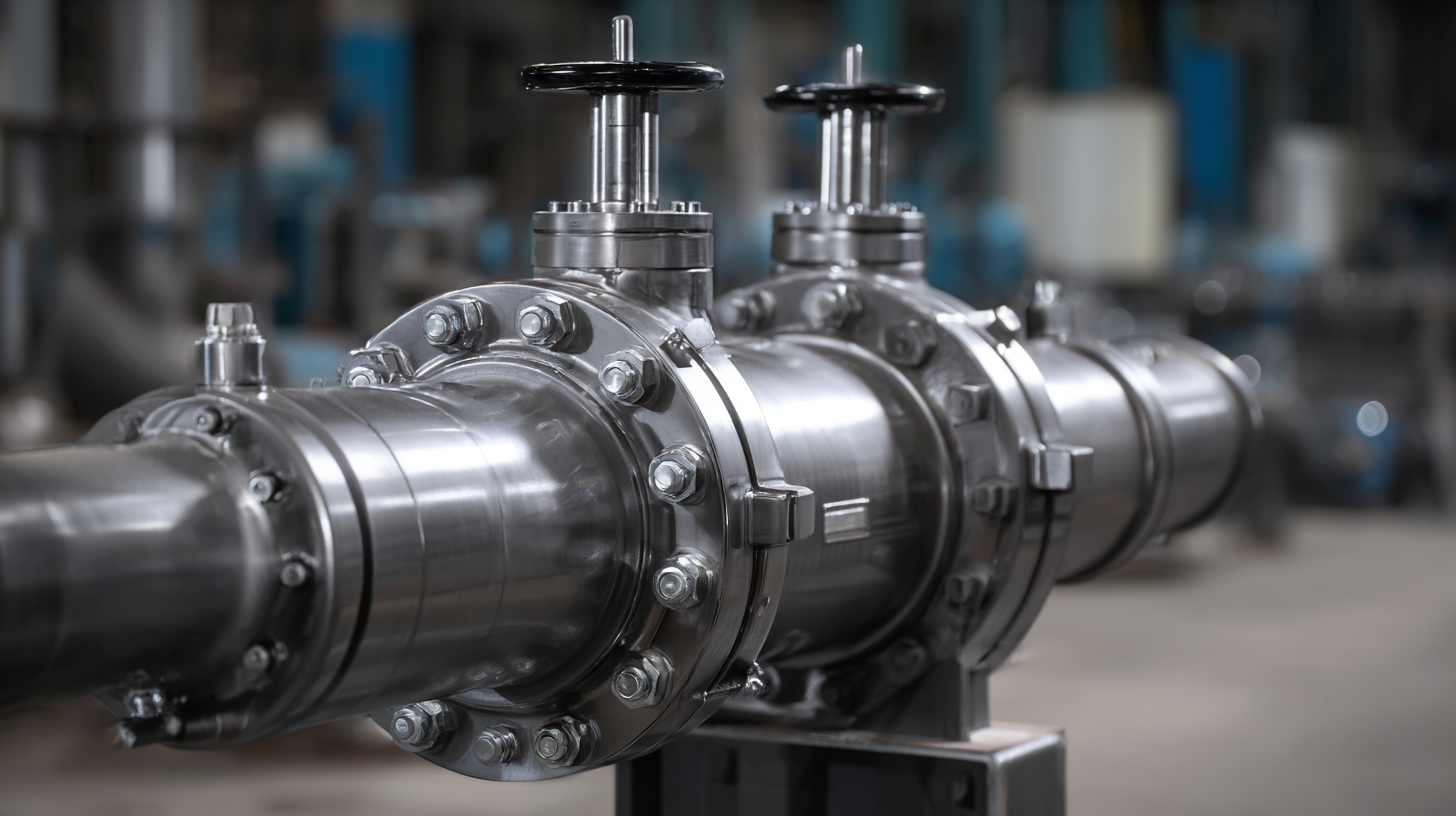
To effectively assess the performance benefits of resilient seated check valves in design projects, engineers need to consider various reliability metrics. The incorporation of reliability-relevant evidence from control room simulator data can significantly enhance decision-making processes. By analyzing operator performance and potential failure probabilities, engineers can ensure that their systems are equipped with valves that meet strict operational standards. This method also allows for the identification of potential weaknesses in design, facilitating improvements that lead to more robust and dependable systems.
